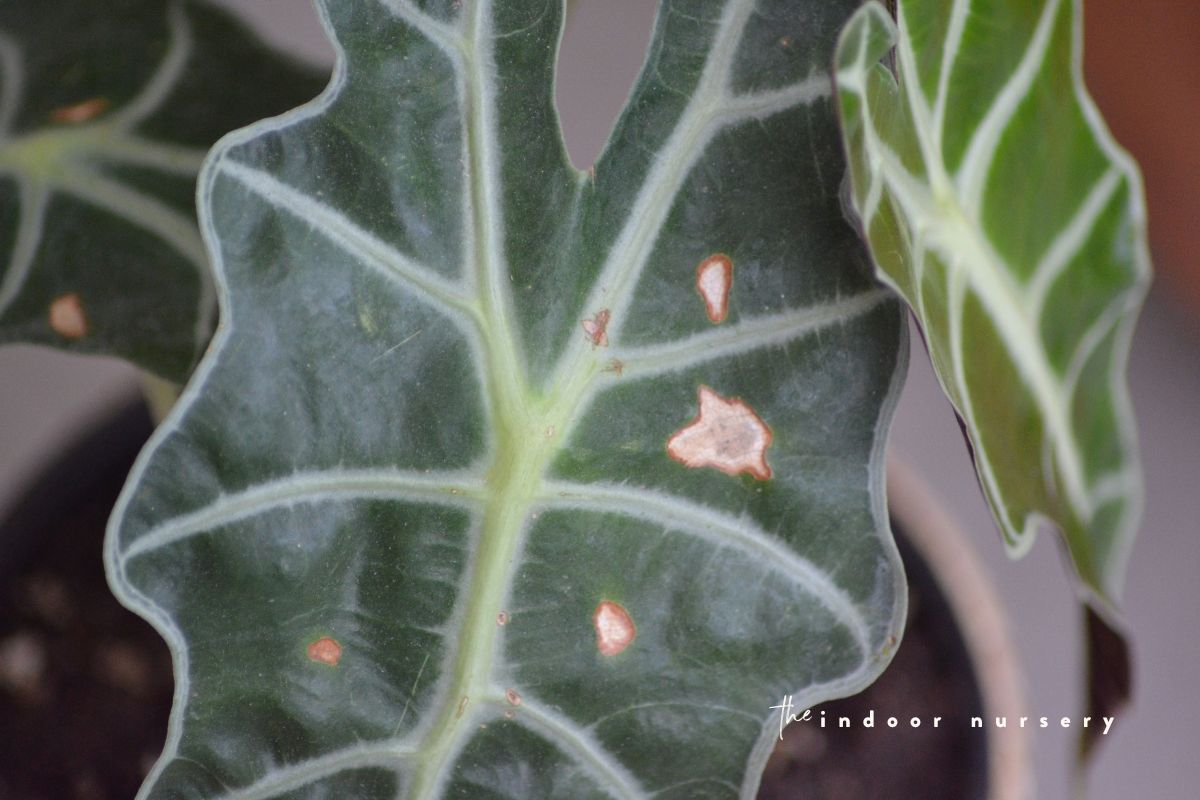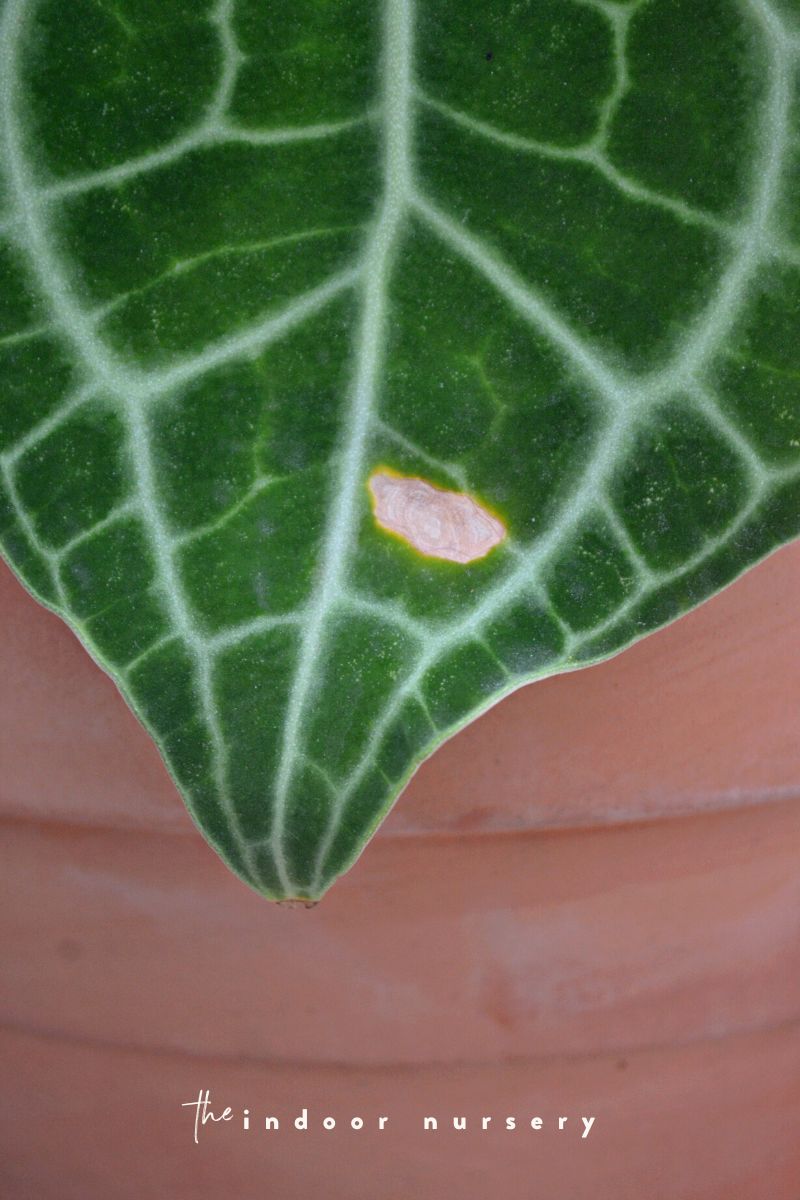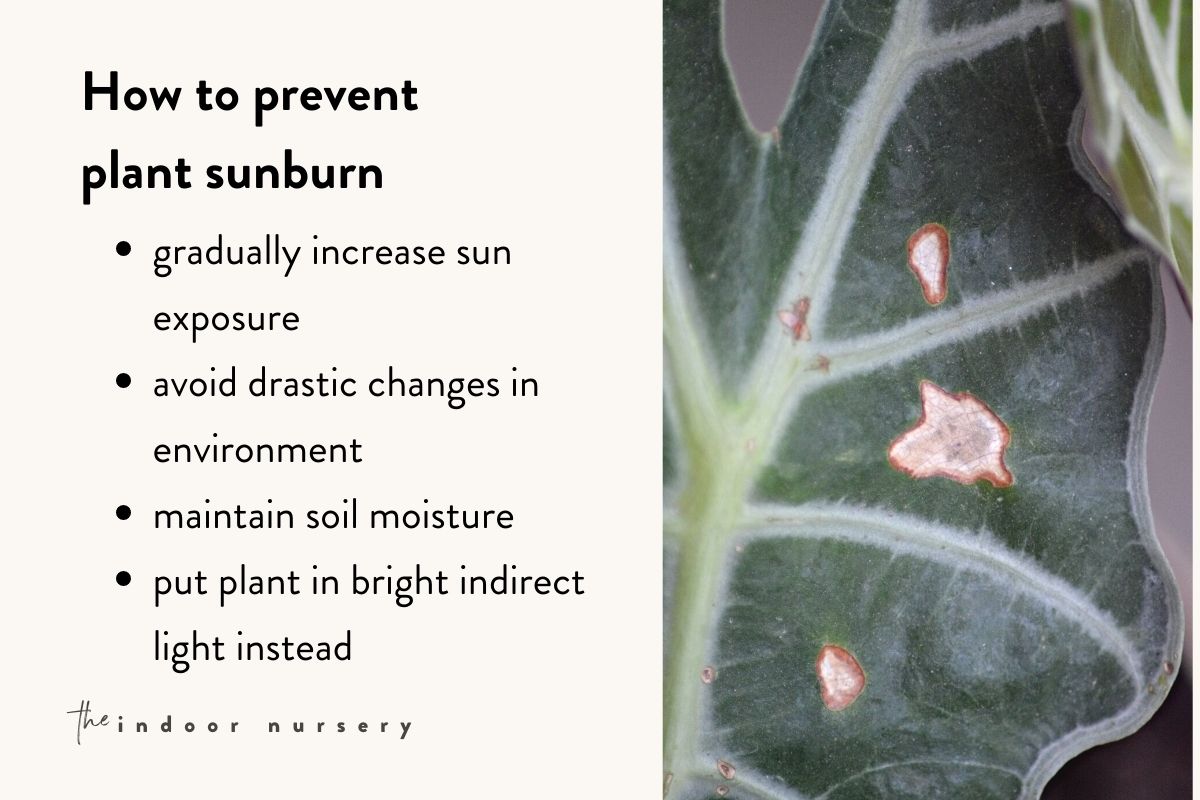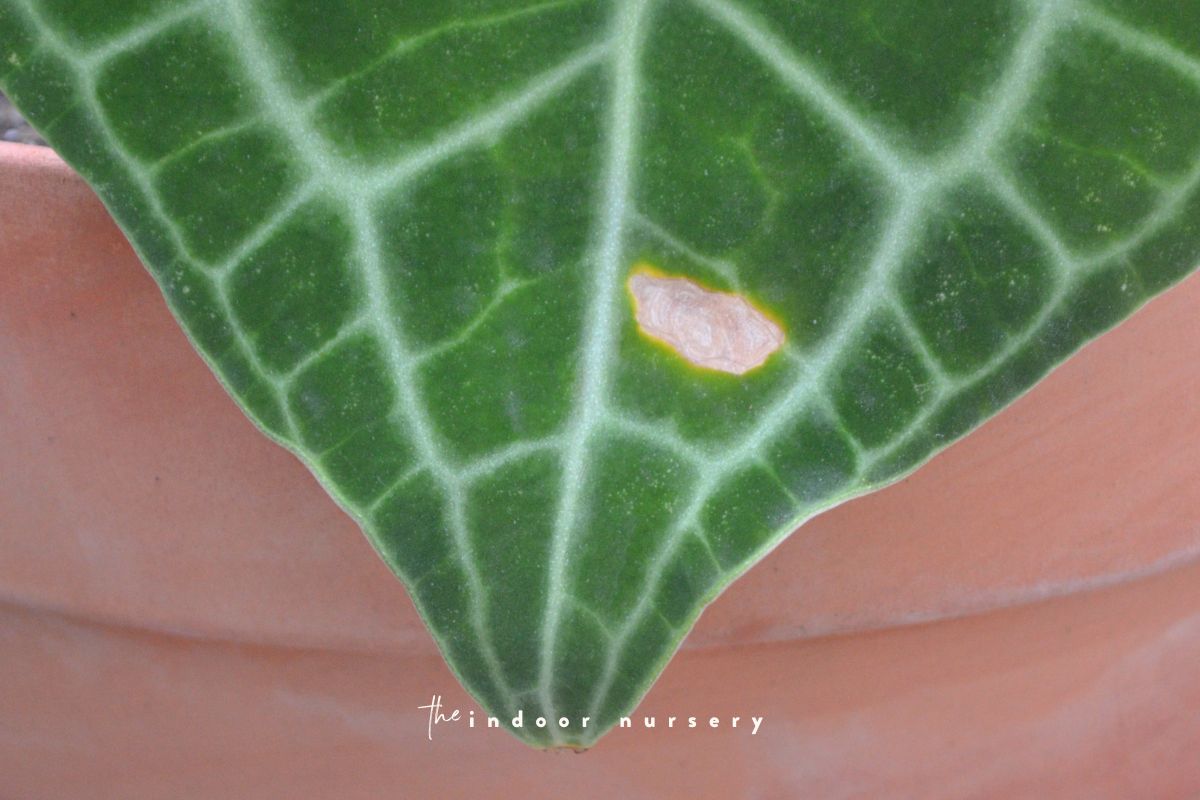Key takeaways:
- Plant sunburn can happen in two ways: sunburn necrosis and sunburn browning, with temperatures above 126°F and 115 to 120°F, respectively.
- Sunburn damage can be prevented by gradually increasing sun exposure, using shade cloth or curtains to cut direct sunlight, and maintaining soil moisture.
- Plants can recover from sunburn if removed from direct sunlight quickly enough, but brown spots on leaves will not go away as the plant tissue in those areas is dead and cannot be replenished.
- If leaf scorch occurs, it is not necessary to cut off the sun-scorched leaves, but instead, let the plant work around it. Soil with good decomposition helps in this process, and the dead leaves can feed the living tissue of the plant.
The first time I experienced plant sunburn was when I first moved to Queensland, Australia, a place with some of the most skin cancer diagnoses in the world.
The sun exposure there is relentless and I hadn’t quite learned exactly how strong the sun was there yet.
I placed a couple of plants outside in a sunny location for one or two hours, for what I thought would be a pleasant afternoon, only to find my beloved plants with sunburned leaves.
A few years later in Mexico, I did the same thing to my Anthurium crystallinum.
I want to prevent sunburn in the first place, so I thought I’d write about my experience here and share a few pictures so that you can prevent sunburn damage too.
What happens when a plant gets sunburned?
There are really two types of plant sunburn and these types have mostly been studied on apples. These two types of sunburned plants are sunburn necrosis, which occurs above 126 degrees Fahrenheit, and sunburn browning, which occurs at 115 to 120°F. This temperature is in reference to the plant tissue, which increases in heat with bright sun exposure.
The rate at which your indoor plants suffer from sun damage depends on a few factors.
- Plant hairs can increase sunburn damage because they hold water droplets, which magnify the already intense sunlight and cause leaf scorch. Plant hairs are on indoor and outdoor plants like ferns.
- Plants with hairless leaves don’t share this risk, though they are still vulnerable to plant sunburn when placed in direct sunlight for too long. If you have sensitive or tender plants, then avoid harsh sunlight altogether and opt for a spot with indirect bright light.
When plant tissue begins radiating heat and eventually reaches 115°F, the tissue begins to turn brown as the UV light basically cooks it.
How do you tell if a plant is sunburned?
You’ll notice leaf sunscald because tiny spots will turn brown while the plant receives too much sun. It happens within a matter of one or two hours and looks slightly different on all plants. If you have your plant in direct light, then watch as the leaves begin to develop cankers. This is the earliest sign that your plant is getting too much sun.
When I first did this with my Syngonium in Queensland, the leaves went from green to brown too fast for me to notice. Many of the leaves died off completely and others turned brown and wilted.
This year in Mexico, I bought a small Alocasia at a plant market and it had a few small translucent spots on a couple of the leaves from prolonged exposure at the market.

These spots turned fully browned and scabbed after about two weeks, though the sun damage didn’t slow its growth or health otherwise.
My Anthurium, on the other hand, was a bad case of over-caring for my indoor plants. It is the rainy season here in Jalisco and so I put all of the plants on the balcony to get some fresh rain water. One afternoon, the rain-filled clouds parted unexpectedly and direct sunlight pierced straight through to the new growth on my glorious Anthurium.
When I noticed the direct sun hitting the face of the newest leaf, I ran over to it and inspected it for any sun damage. Two tiny little translucent spots started to appear. I pulled the plant back into a shady spot on the balcony and, once again, the sun shifted and direct sun rested up the fuzzy leaves once again.
The spots began to grow bigger and that’s when I finally brought the plant indoors.

After a couple of weeks, the sun scorched spots turned a crispy brown and I’ve been berating myself ever since.
Can plants recover from sunburn?
Plants can definitely recover from sunburn if you pull them out of the direct sunlight quickly enough. However, the brown spots on the leaf will not go away as the plant tissue in those areas is dead and cannot be replenished.
Should I cut off sun scorched leaves?
Nah, not really. If leaf scorch occurs, then let the plant work around it. There’s no need to cause more stress than necessary. If the entire leaf is absolutely, unmistakably dead and there is not a touch of green left on it from the stalk to the leaf tip, then you could probably cut it away if you’d like.
I like leave the leaves and tucking them back into the pot to bring the plant life full circle. Let the plant leaf decompose in its own soil and feed living tissue of the plant. This is where healthy living soil, like Fox Farm, is helpful in the decomposition process.

How to prevent leaf scorch
The best way to prevent leaf scorch and plant sunburn in general is to avoid any drastic changes in lighting.
Here are a few tips to help protect plants against sunburn:
- Instead of placing your tender plants from inside to outside in one eager motion, try to gradually increase sun exposure so that your plants have time to get used to more light. Plants need to slowly acclimate to its surroundings, just like you and me.
- Consider getting some kind of shade cloth or sheer curtain to cut direct sunlight. I like using white sheer curtains so that bright light filters through without scorching the leaves. Many greenhouses filter UV light, so if you can swing it, then this is the best and most fun way to protect plants.
- Watering plants regularly and maintaining soil moisture helps regulate plant temperatures. Just like humans sweat and dogs pant to cool down, plants release water through the leaves to cool plant tissue. Soil dries quickly in low humidity climates, so water generously to help your plants stay cool. You can always check moisture levels with a moisture meter if you’re unsure.
Closing thoughts
The best horticultural practices begin with you getting to know your plants. Take the time to understand what they like and don’t like. Whenever you change something in its routine, do it slowly and carefully. Listen to how your plant responds. Developing this kind of intimate relationship with your plants will help you catch sun scorch before it occurs. Good luck!
More about lighting
- How To Use Grow Lights For Indoor Plants
- 5 Best Grow Light Strips For Indoor Plants
- Our *hands on* MARS HYDRO TSW 2000 review (with photos)
- Understanding weed light cycles: Get the most from your harvest
- Indoor plant lighting guide: where to put your plants
- How close should grow lights be to plants?
- Best grow lights for seedlings: how to sprout your seedlings safely
- Guide: full-spectrum light for plants (+grow light spectrum chart)
- 10 best LED grow lights for indoor plants


